Be Certain We're Certified!Certification ensures that the wood comes from legally harvested and well-managed forests and plantations. Certified forests are managed with environmental, social and economic factors as a priority, and ensure that when a tree is harvested another one is planted in its place. Without certification is can be difficult or impossible to know whether wood was taken illegally or from high conservation value forests. Despite its importance there is a high level of confusion regarding certified wood. The results of the Planet Ark survey found that only one out of three people (35%) thought that it was relatively easy to find certified wood, and that only one out of five people (18%) said they trusted the current forest and wood certification systems. This highlights the need to convey to the Australian public how certification works and what to look for when buying wood. There are three main certification systems in Australia, the Forest Stewardship Council (FSC), the Australian Forestry Standard (AFS) and the Programme for the Endorsement of Forest Certification (PEFC). These systems set principles and criteria for the management of forests and timber, and certification is only granted after an assessment by an independent third party. These schemes all set different standards on forest certification and chain of custody certification. All timber and paper products derived from forests that have been certified are permitted to carry the registered trademark of that specific scheme (Figure 8). Figure 8. FSC, AFS and PEFC logos displayed of products made from timber and paper products derived from certified forests.
0 Comments
A common concern raised in regard to the use of wood as a building material is whether or not there is an increased risk of fire. Engineers and fire researchers today have a significant body of knowledge of how timber constructions perform in fire. The structural stability of timber is well understood and importantly it is predictable, allowing timber constructions to be created that meet the same fire safety codes as steel and concrete buildings. * Gerard, R., Barber, D. & Wolski, A. . (The Fire Protection Research Foundation, 2013). Heavy timber constructions have an inherent level of fire resistance. This resistance increases with the thickness of the wooden elements because when timber is exposed to fire the outer layer burns and turns to char. Charring creates a protective layer that acts as insulation and delays the onset of heating for the cold layer below. With continued exposure to fire the char layer grows, increasing the insulation and slowing down the burning rate, providing greater time for escape or intervention. An additional benefit to heavy timber is the ease of repair after a fire. The charred sections can visually be assessed and evaluated for residual capacity, and the damaged timber can then be cut away and replaced. This is in contrast to steel, which buckles under extreme heat. In light timber frame constructions the walls and floors are typically encased in non-combustible gypsum plasterboard to provide protection from fire. This provides the same level of fire resistance as a completely non-combustible material. * Buchanan, A. . (National Institute of Standards and Technology, 2014) Just because steel is a non-combustible material does not mean it is unaffected by fire. The thermal conductivity of steel is significantly greater than wood (200-1000 times more). This creates a thermal bridging effect, allowing heat from a fire in one part of a building to spread rapidly to other parts. Fire can also raise the temperature of steel enough to compromise its strength, with a reduction in its load carrying capacity by one third when heated above 540°C causing beams to buckle and floors to collapse. * Maxim, P., Plecas, D. & Clare, J. . (University of the Fraser Valley, Centre for Public Safety & Criminal Justice Research, 2013) A study that examined the rate of injury from hotel, motel and aged care home fires in America and Canada from 1980 to 1998 found that the presence of sprinklers had a greater impact than the combustibility of the building material (Figure 7 below). In fact sprinkler systems have been shown to be one of the primary factors in limiting fatalities and fire damage in structures of all types. * Richardson, L. R. Fire losses in selected property classifications of nonresidential commerical and residential wood buildings. Part 1: Hotels/ motels and care homes for aged. 31, 97–123 (2007). * Frangi, A. & Fontana, M. Fire Performance of Timber structures under Natural Fire Conditions. in 8, 279–290 (2005).
|
| Table 1 (on the left) highlights the positive associations that wood induces in people, where an overwhelming 96% agreed that wood is ‘visually appealing’ and ‘has a natural look and feel’. Eight out of ten people also thought that wood is versatile, recyclable, renewable and long lasting. They appear to be less aware of the environmental benefits of wood, with only six out of ten survey participants understanding that wood stores carbon and creates less carbon emissions during production than steel and concrete. |
The positive views of wood continue even when compared to other material types (Table 2). Wood was viewed as the material that creates a natural look and feel, warm and cosy environments, is visually appealing and is nice to touch by nine out of ten people, and as being the most environmentally friendly by seven out of ten people. By comparison the second most popular material, brick, received an average of 34% less positive feedback. Plastic was seen as the cheapest material but it also scored lowest in four out of five categories related to creating pleasant surroundings and being environmentally friendly.
These survey results provide support to the empirical evidence discussed above. Even though many people don’t understand the health and wellbeing benefits of wood they instinctively react to the feelings of warmth and comfort it creates and its natural look and feel. An increasing body of research is beginning to show that being surrounded by wood at home, work or school has positive effects on the body, the brain and the environment.
Author
Holz100 Canada Inc.
Archives
July 2019
May 2019
September 2018
August 2018
July 2018
June 2018
May 2018
April 2018
March 2018
February 2018
January 2018
December 2017
November 2017
October 2017
September 2017
August 2017
Categories
All
Earthquake Resistance
Fire Safety
Flood Proof
Forests & Energy
Health
Indoor Environment
Introduction
Projects
Radiation Shielding
Recommendations
Soundproofing
Thermal Insulation
Tree Species
Trees & Wood
What To Avoid
Why Holz100?

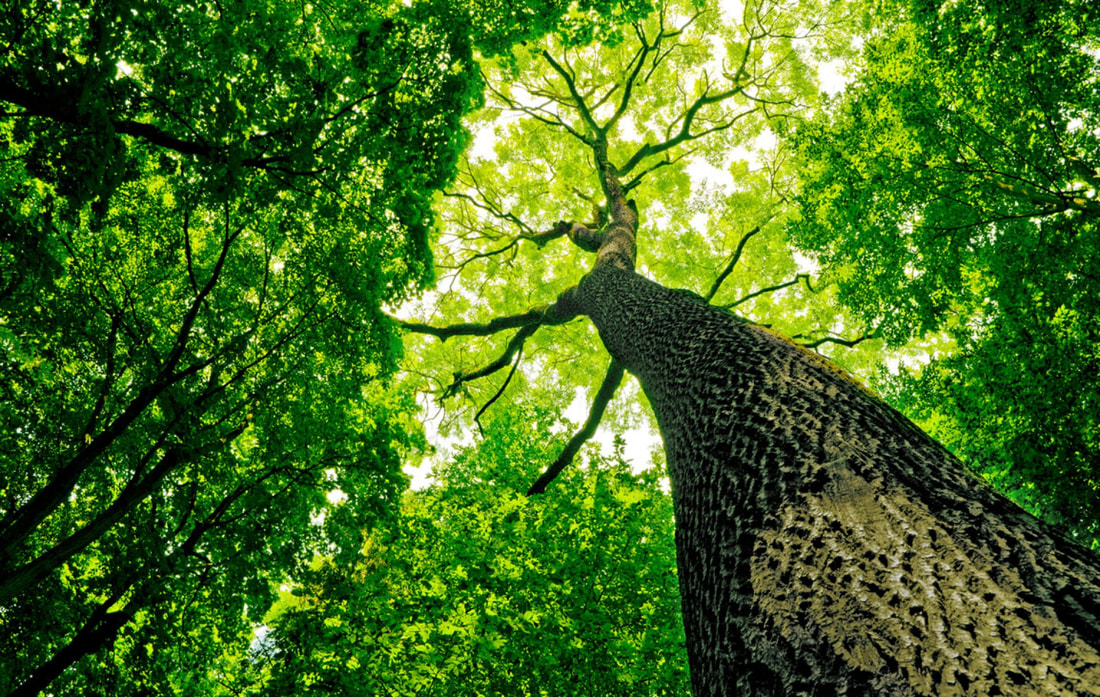
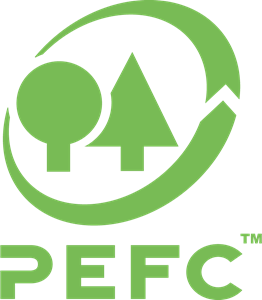
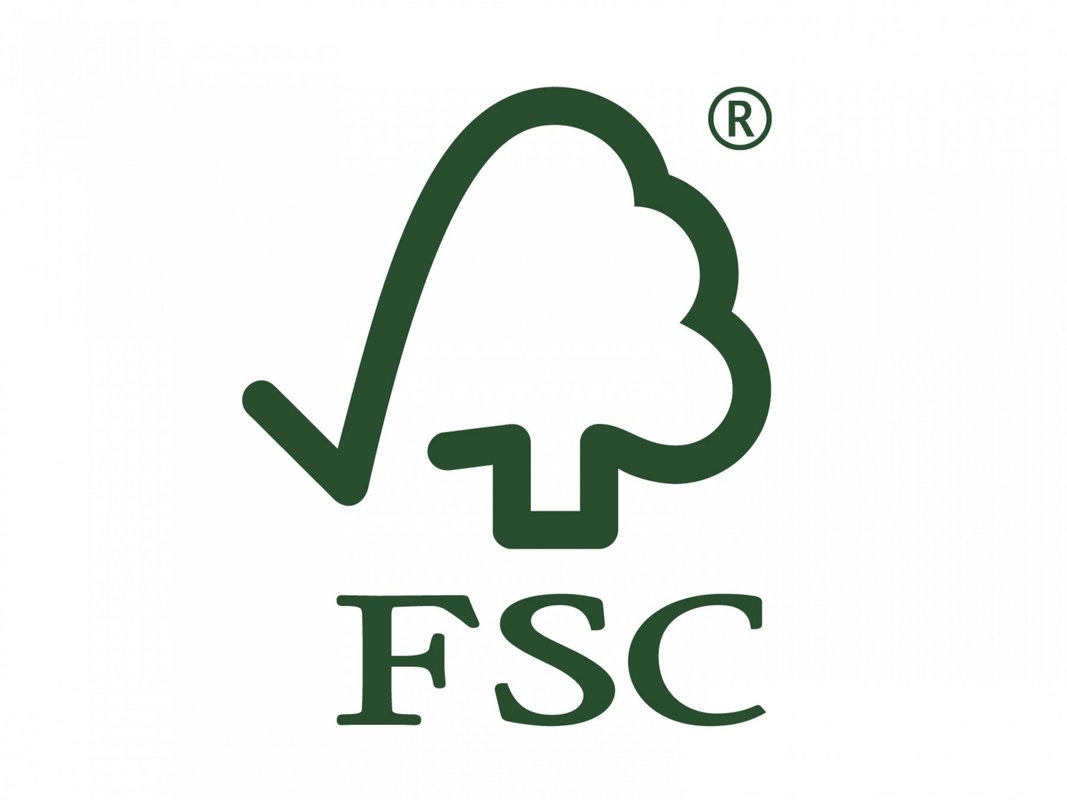
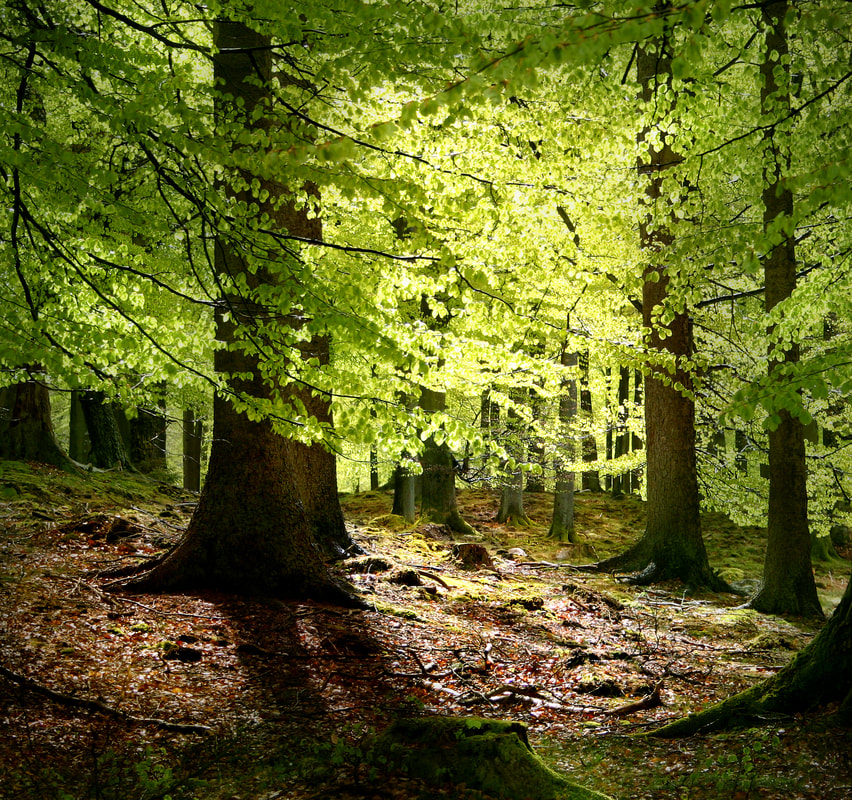
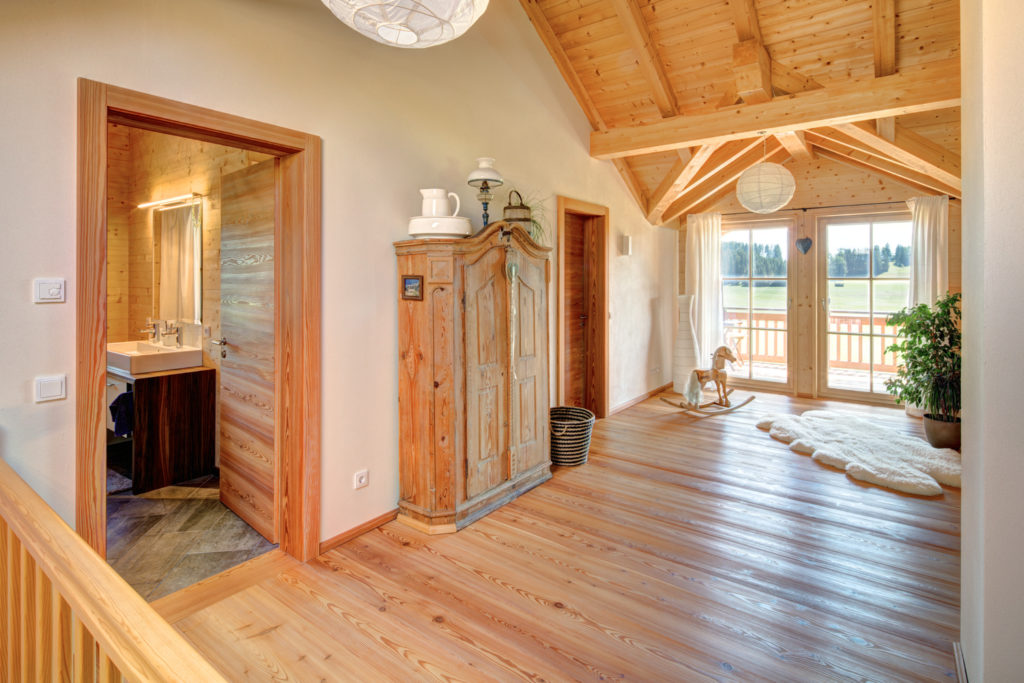
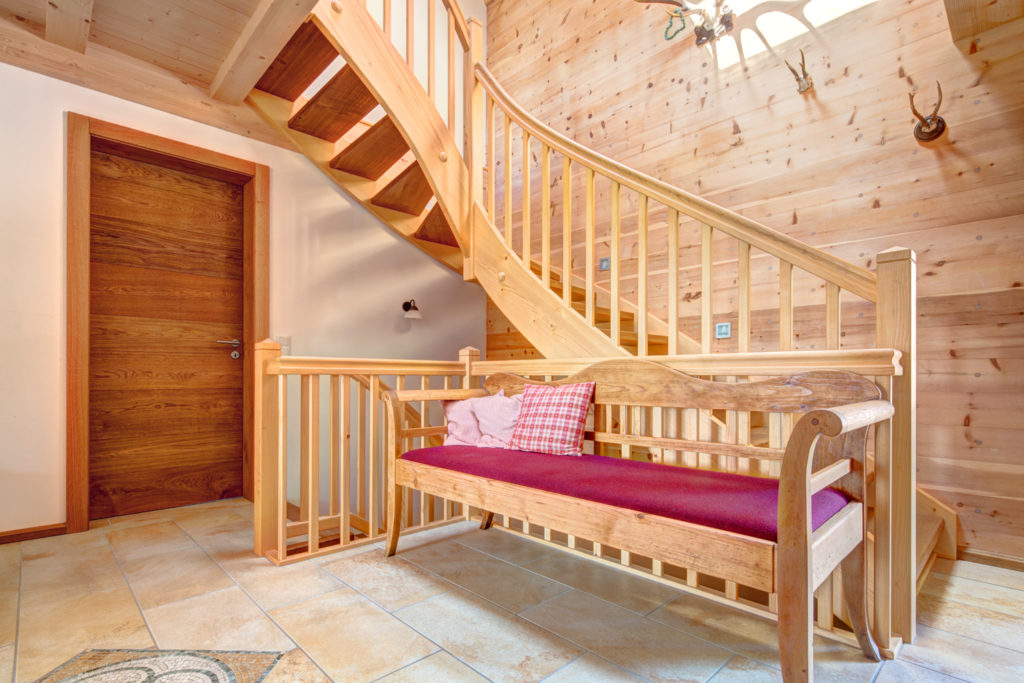
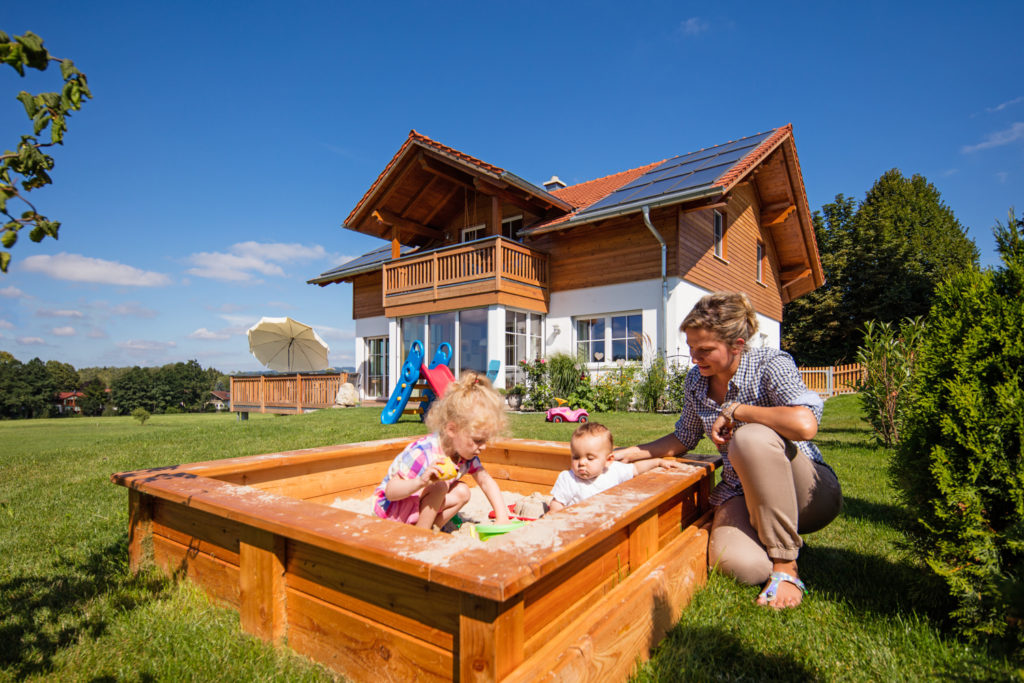
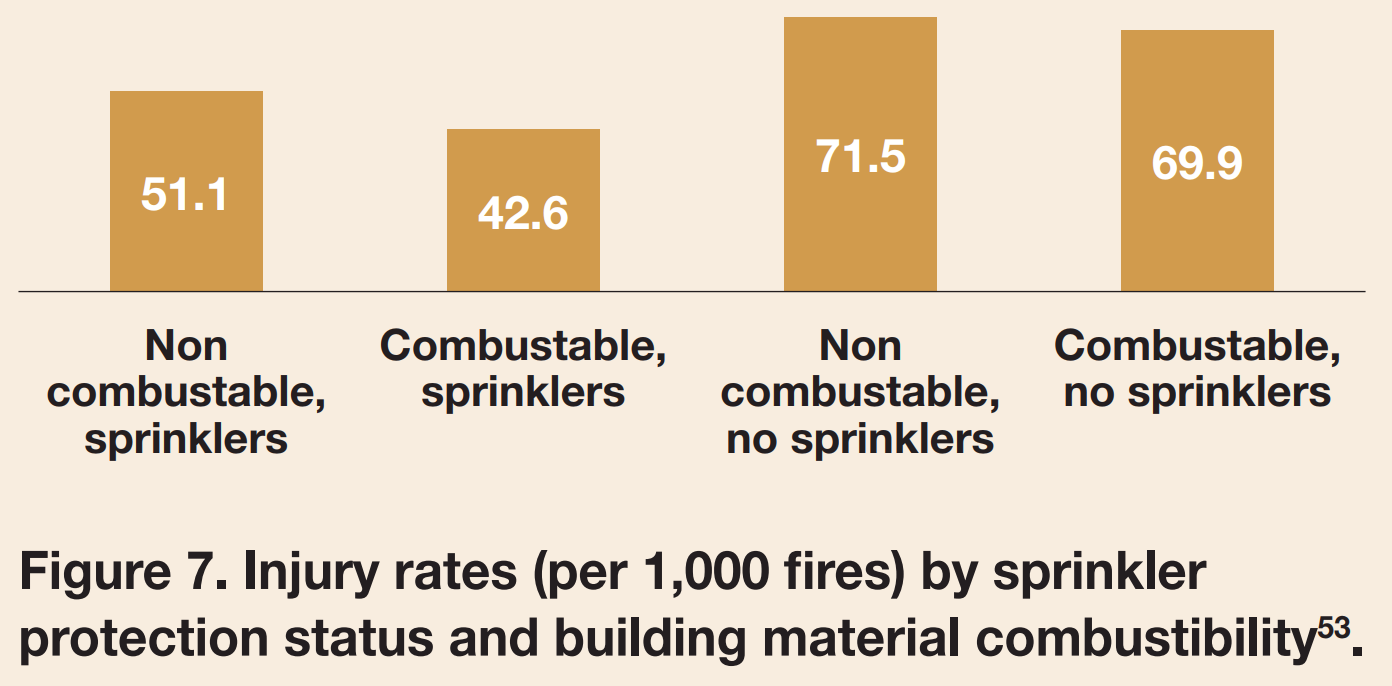
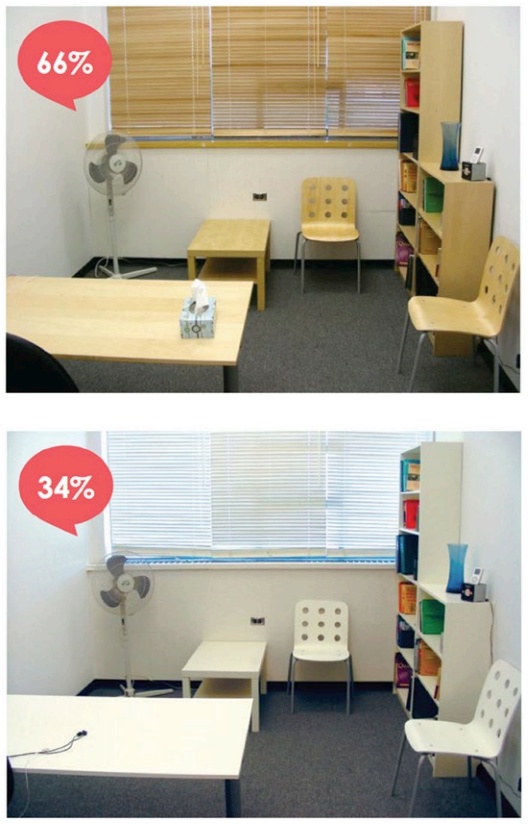
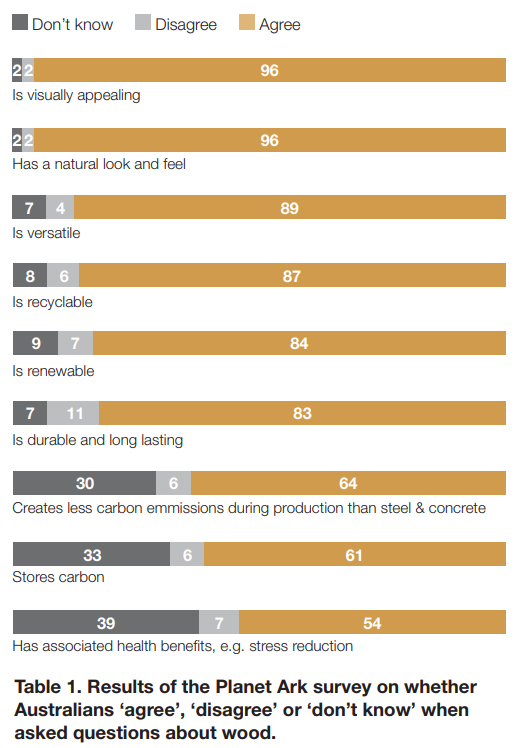
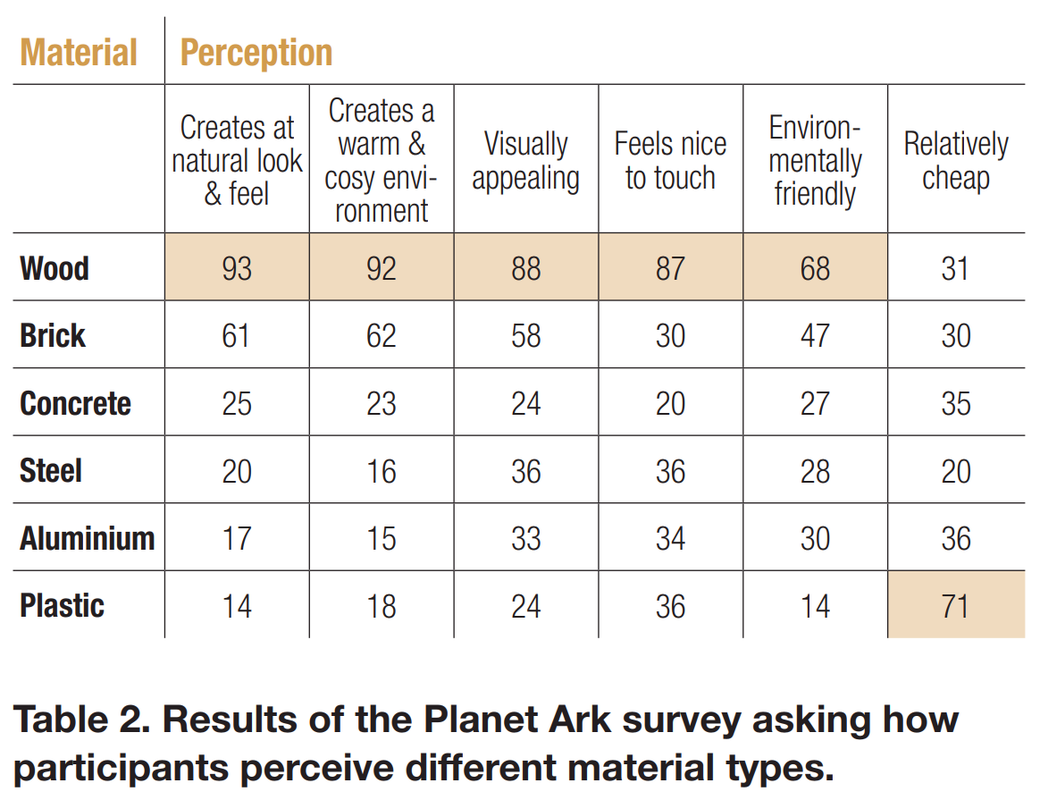
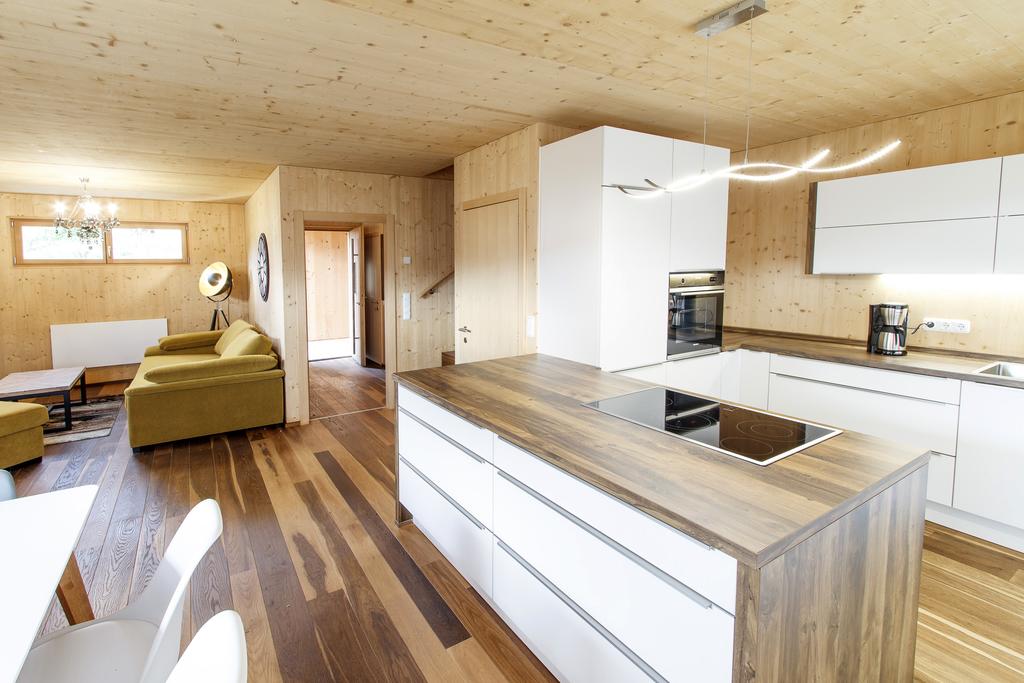
 RSS Feed
RSS Feed


